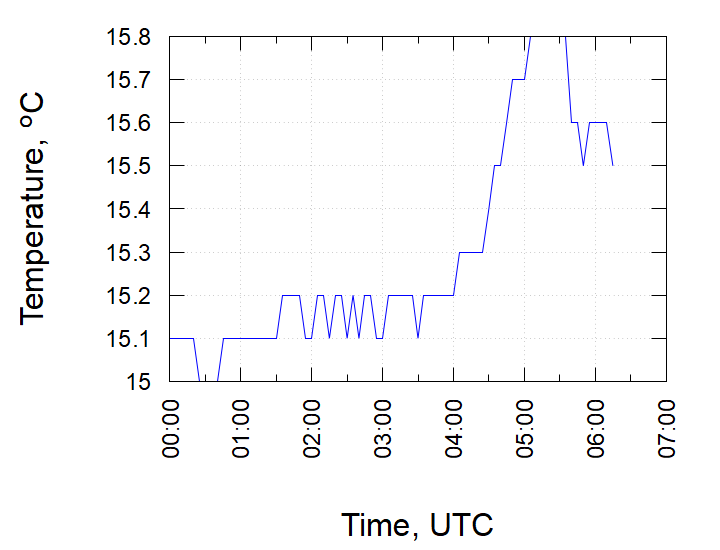Coordinate detector DECOR
Coordinate detector DECOR is the world’s first large-scale setup specially designed for studying cosmic radiation on the Earth's surface in a wide range of zenith angles up to horizon, especially for registration of multiple particles in order to search for new physical processes responsible for their generation. Agreement with the Institute of Cosmogeophysics (Torino, Italy) on the creation of the coordinate detector of large area around the Cherenkov water detector NEVOD was signed in 1992.
DECOR setup: general scheme of the DECOR setup (left); structure of the DECOR supermodule (right).
The setup consists of 8 assemblies with 8 layers of plastic streamer tube chambers with resistive cathode coating. Total setup area is ~ 70 m2. It includes 32768 registering channels. Supermodules of the setup are combined in three groups: 'Long' group - 4 SM placed in the long gallery on the outer side of the water pool; supermodules placed in the short galleries form two 'Short' groups with 2 SM in each one. Each layer includes 16 chambers placed one above another in a vertical plane and system of external strips for two-dimensional signal readout. Chamber consists of 16 tubes with cross-section of 9×9 mm2 and length of 3.5 m, divided into 2 sections (8 PVC tubes in each section). Graphite coating with a minimum impedance of 50 kOhm/□, which serves as the cathode, is inflicted on the profile. The silvered beryllium-copper anode wire is in the center of each tube. Thickness of the wire is 100 microns. The ends of the chamber are closed by two end caps, on one of which the high-voltage power supply connectors and tubes providing a supply of the gas mixture are mounted. Limited streamer mode is provided by selecting of anode wire with relatively large diameter (~ 100 microns), high operating voltage and a specially selected gas mixture with a high content of quenching additives (n-pentane vapour), which prevent the spread of the discharge on the entire volume of the tube. Triggering and data acquisition system of the coordinate detectors DECOR has a distributed multi-level architecture and is used for effective registration of multiparticle events as well as single muons. Creation of the setup was completed in 1999.
Since 2001, several long-term series of registration in conjunction with Cherenkov water detector were conducted. Data obtained during the measurements were subjected to statistical analysis for determining of the main parameters of the series (count rates of different combinations of trigger signals and supermodules, exposure live time) and estimation of characteristics of coordinate detectors at the event registration. Obtained results showed that the developed triggering system of the detector provides effective registration of events of different classes, and also demonstrated good stability of the setup operation. According to the results of the first experimental series the angular and spatial accuracies of reconstruction of the track of the detected particles, which amounted to values better than 1˚ and 1 cm respectively, were estimated.
General view of the DECOR supermodules.
As a result of long-term experiments with the DECOR, the absolute intensity of cosmic ray muons in the range of threshold muon energies 2 – 7 GeV at various zenith angles has been measured; the first estimates of the albedo muon flux have been obtained. First high statistics measurements of the distribution of muon bundles in the particle multiplicity and zenith angle have been performed; the influence of the atmospheric conditions and the Earth magnetic field on the intensity of such events has been studied. Using the DECOR results on muon bundles, a new approach to EAS investigations based on the phenomenology of local muon density spectra at various zenith angles has been elaborated; this approach allows exploration of the characteristics of the flux of the primary cosmic ray particles and their interactions in a record wide energy range from 1015 to 1019 eV. An excess of multi-muon events at ultra-high primary energies compared to simulations has been found. The first in the world experiments on investigations of the energy deposit of inclined muon bundles in the detector material are being conducted.
- N.S. Barbashina, A.A. Ezubchenko, R.P. Kokoulin, K.G. Kompaniets, A.A. Konovalov, A.A. Petrukhin, D.V. Chernov, V.V. Shutenko, E.E. Yanson. A сoordinate detector for studying horizontal fluxes of cosmic rays. Instruments and Experimental Techniques. 2000, V. 43, I. 6, pp. 743-746. DOI: 0.1023/A:1026603430476
- K.O. Yurin, K.G. Kompaniets, V.V. Shutenko, I.I. Yashin. New data acquisition and triggering systems for the DECOR coordinate detector. Physics Procedia. 2015 V. 74 pp.465 – 469. doi: 10.1016/j.phpro.2015.09.232
METEO-data
Moscow, MEPhI, NEVOD




